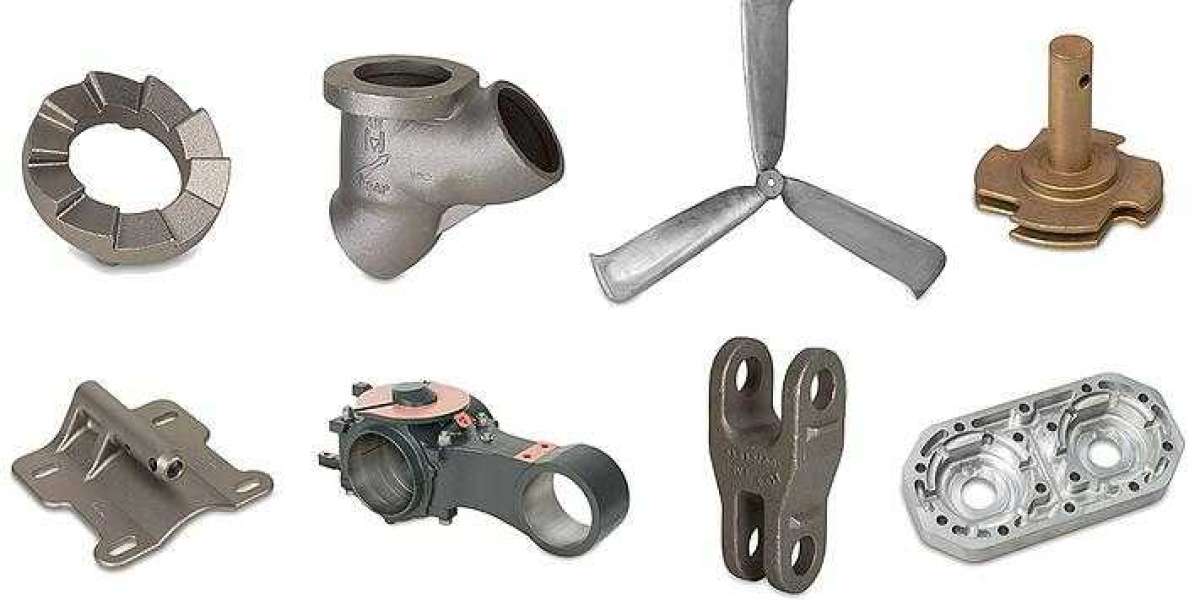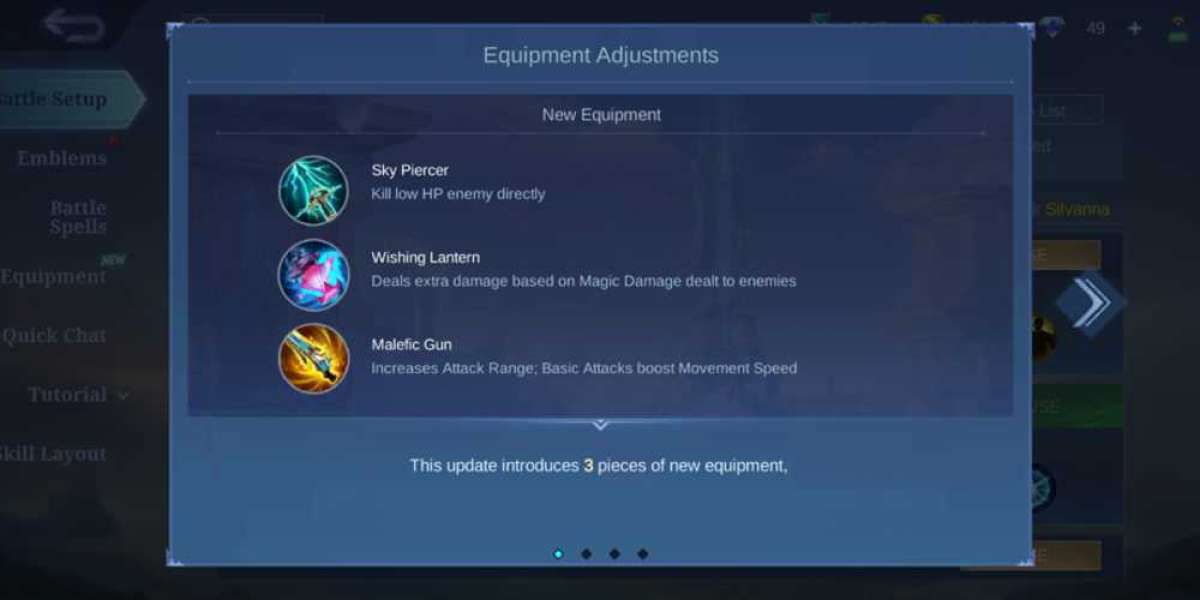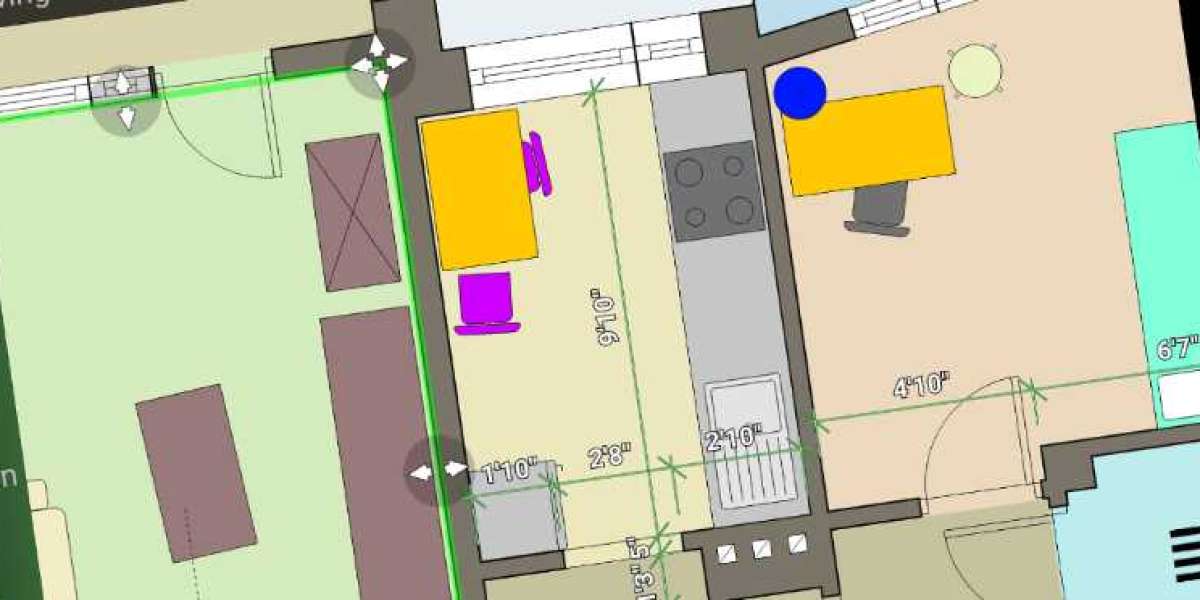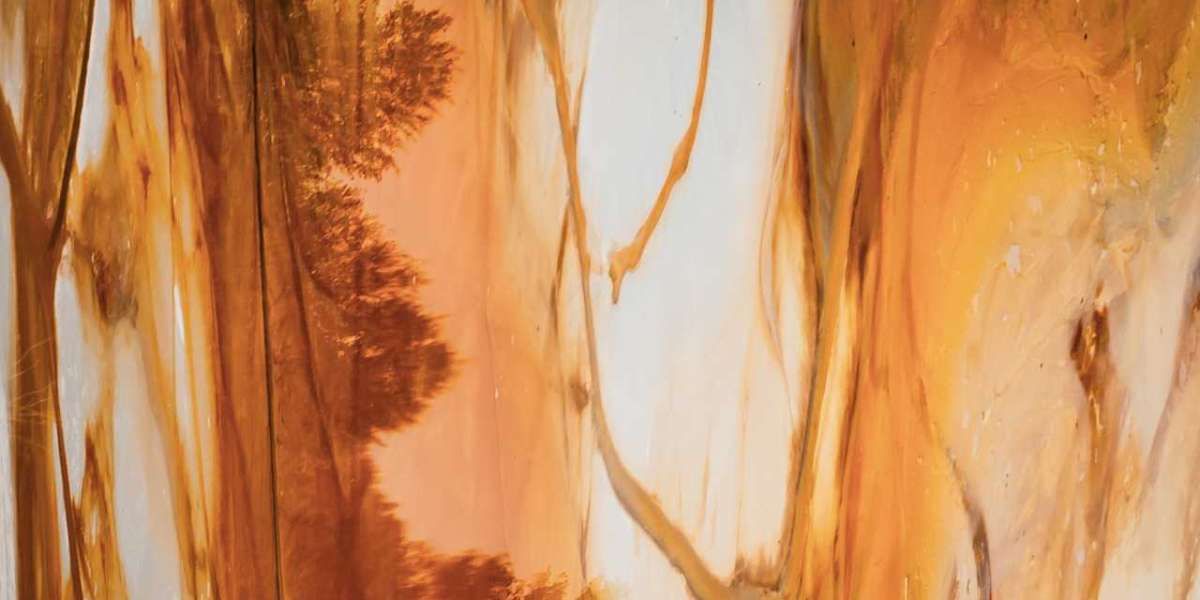In the event that you conclude that aluminum die casting is the most suitable method for meeting the requirements of your production, it is important that you have an understanding of the molds' required lifespan as well as the maintenance they demand. The lifespan of the die is difficult to estimate due to the fact that it is highly dependent on a number of different factors. You'll want to keep a number of things in mind, such as the design of the part, the tool steel that will be used for the die, the configuration of the mold, the heat treatment, the aluminum alloy that will be utilized, the quality of the part that you want to achieve, and even more.
When you make use of the professional manufacturing service offered by 3ERP for aluminum die casting, our staff will, thankfully, assist in ensuring that each of these conditions is fulfilled in the appropriate manner.
Aluminum, which is known for being incredibly lightweight and durable, is one of the most popular materials used in the production of functional parts and prototypes. This is because aluminum possesses both of these qualities. In addition to this, it has excellent resistance to corrosion, thermal and electrical conductivity, and it maintains dimensional stability even when subjected to high temperatures and unforgiving environments.

Due to the fact that this particular metal has such a high melting point, the process of aluminum die casting is considered to be the most effective method for casting aluminum components. The metal casting process that involves applying high pressure to molten metal as it is forced into a mold cavity. Die casting aluminum requires the utilization of a mold cavity, which is produced by combining two dies made of tool steel that have been hardened and then being machined into a particular form. In the process of aluminum die casting, a machine with a cold chamber is used.
Die casting in aluminum can cut down on the number of steps required for production and prototyping, which ultimately brings down the cost of manufacturing. In addition, die casting in aluminum can produce parts with a surface finish of a high quality and exceptional dimensional consistency. This technique is particularly useful in castings ranging from small to medium in size, and it is utilized frequently in a variety of industries, including the automotive, aerospace, medical, and other sectors.
However, there are a few essential considerations that need to be kept in mind in order to achieve the best possible results for the part quality when using the aluminum die casting process. By following the advice in this article, not only will you be able to make the most of the aluminum die casting services of professional grade that 3ERP provides, but you will also acquire a deeper comprehension of this extremely widespread production method.
Before a designer or engineer can utilize aluminum die casting to its full potential, it is important for them to first understand the design limitations and common geometric features that can be accomplished with this manufacturing technique. This understanding will allow them to use aluminum die casting to its full potential in the future. When designing a component for aluminum die casting, there are a few things that you need to keep in mind, and here they are.
Draft is the amount of slope that is given to the cores or other parts of the die cavity in the process of aluminum die casting. This slope makes it simpler to eject the casting from the die. The draft is an essential component of your casting design to include if the opening direction of your die is parallel to the direction in which you will be casting your part. You will have an easier time removing the aluminum die casting from the die if you optimize and implement a proper draft. This will result in increased precision and higher quality surfaces.
A fillet is a curved juncture between two surfaces that can be added to your aluminum die casting to eliminate sharp edges and corners. This can be done by adding a fillet to the juncture between the two surfaces.
The parting line is the point at which two different sides of your aluminum die casting mold come together. It is also referred to as the cutting line. The location of the parting line indicates which side of the die is used as the cover and which side is used as the ejector.
Bosses When bosses are added to an aluminum die casting these will act as mounting points for parts that will need to be mounted at a later time. Bosses can also be added to magnesium die casting. It is important that bosses have the same wall thickness all the way through the casting so that the integrity and strength of the bosses can be maximized.
Ribs Adding ribs to your aluminum die casting will grant more support to designs that require maximum strength while still maintaining the same wall thickness. This is possible because adding ribs to your aluminum die casting maintains the same wall thickness.
Holes: If you need to add holes or windows into your aluminum die casting mold, you'll need to keep in mind that these features will grip to the die steel during the solidification process. This is something you'll need to consider if you need to add holes or windows. In order to circumvent this challenge, architects and interior designers should build generous drafts into hole and window features.
When designing for aluminum die casting, these are the fundamentals that you should be familiar with at the very least. You can get in touch with the knowledgeable manufacturing team at 3ERP for assistance if you want to further optimize your mold.








